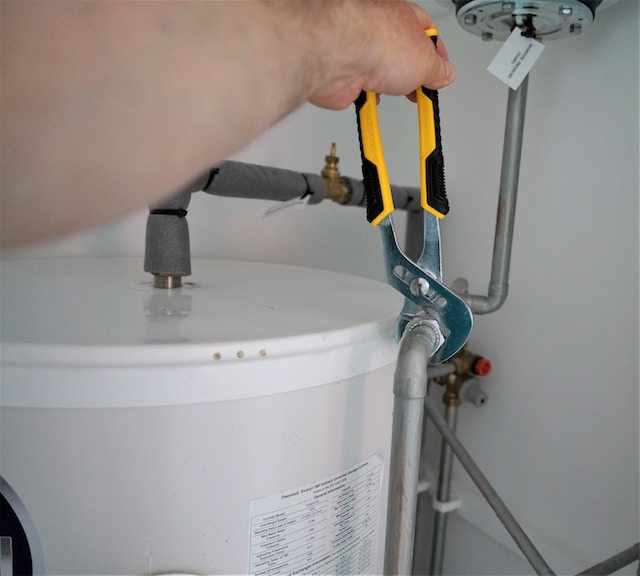In today’s eco-conscious environment, the material industry is increasingly focusing on sustainability and responsible waste management. One aspect of this environmentally friendly approach is the engagement with clean fill dump. But what exactly does ‘clean fill dump’ mean, and why is it significant for those in the material sector?
Introduction
Clean fill dump refers to materials such as soil, dirt, and rubble that are deemed uncontaminated by pollutants and therefore eligible for use in various construction and development projects. This plays a pivotal role in the material industry, offering an avenue to dispose of and reuse materials that would otherwise end up in landfills, while also contributing to the industry’s environmental stewardship.
Understanding Clean Fill Dump
Clean fill dump is not just about discarding excess material; it involves repurposing earthen debris into something constructive and useful. Environmental regulations sharply delineate which materials qualify as ‘clean’, thereby ensuring that only non-hazardous substances are reintegrated into the environment.
Environmental Significance and Regulations
Regulations governing clean fill are stringent, requiring thorough testing to ensure no contamination with substances like heavy metals or pesticides. The environmental significance cannot be overstated; utilizing clean fill helps to preserve natural resources, reduces the strain on landfills, and prevents the spread of contaminants in the ecosystem.
Benefits of Clean Fill Dump
Why should the material industry care about clean fill? Besides the obvious environmental implications, there are tangible benefits that directly impact their bottom line.
Cost-effectiveness for the Material Industry
Engaging with free clean fill dump sites near me can lead to substantial cost savings. Instead of paying for dump sites, companies can now repurpose or sell their clean fill, creating a potential revenue stream.
Reducing Waste and Promoting Recycling
Embracing clean fill dump practices promotes a circular economy, where waste from one process becomes the input for another. This not only reduces waste but also reinforces the industry’s commitment to recycling and sustainable development.
Supporting Construction Projects and Land Development
Clean fill dumps are vital for construction projects that require large quantities of fill material. Companies that can provide clean fill contribute to building foundations, landscaping, and remediate depleted landscapes into usable land.
Challenges and Considerations
While the use of clean fill dump is advantageous, the material industry also faces several challenges that they must navigate carefully.
Identifying and Managing Contaminated Fill
The risk of contamination is a constant worry. It requires rigorous testing procedures to ensure the fill is free from any contaminants that could lead to environmental or health issues.
Ensuring Compliance with Regulations and Permits
Navigating the legal landscape of clean fill requires a comprehensive understanding of the regulations in place. Companies must obtain the necessary permits and meet specific requirements to avoid hefty fines or legal actions.
Addressing Community Concerns and Public Perception
The deployment of fill sites near communities often raises concerns about potential impacts. Transparent communication and community engagement are essential for mitigating these fears and fostering a positive public perception.
Best Practices for Engaging with Clean Fill Dump
To effectively engage with clean fill dump, the following best practices should be adopted by the material industry:
Conducting Site Assessments and Testing
Before a site can be used as a clean fill dump, a detailed site assessment should be performed, followed by systematic testing of the fill material.
Proper Documentation and Record-Keeping
Maintaining accurate records is crucial for compliance and for tracking the source and destination of fill materials.
Collaboration with Environmental Agencies and Stakeholders
Working closely with environmental agencies ensures adherence to regulations and facilitates constructive dialogue with all stakeholders, including the local community.
Case Studies and Success Stories
Several material companies have pioneered the engagement with clean fill dump, resulting in tangible benefits for their operations and the environment. These case studies often showcase innovative approaches, ranging from the use of clean fill in rehabilitative landscapes to partnerships with governmental agencies to facilitate the process.
In conclusion, the interaction with clean fill dump is a complex yet rewarding aspect of the material industry’s operations. It highlights a commitment to sustainable practices, cost-efficiency, and regulatory compliance, all the while supporting the broader goals of environmental protection and land development. The industry must continue to adapt and refine its practices to meet the ever-evolving expectations of an environmentally conscious market and regulatory framework.
















